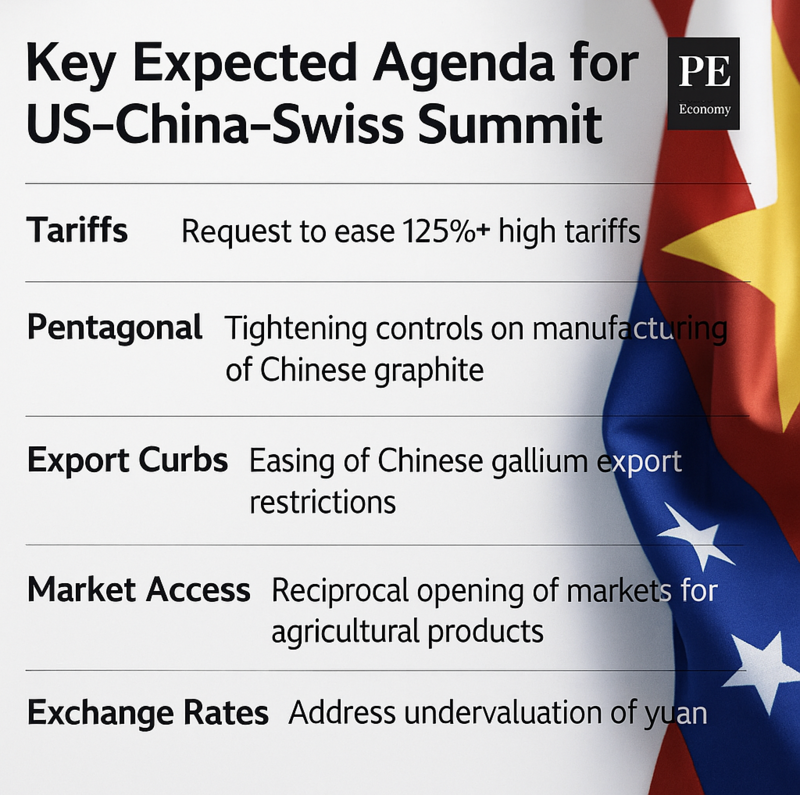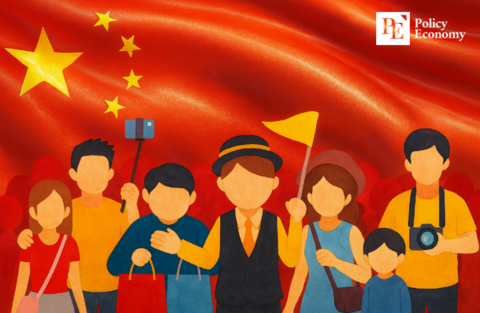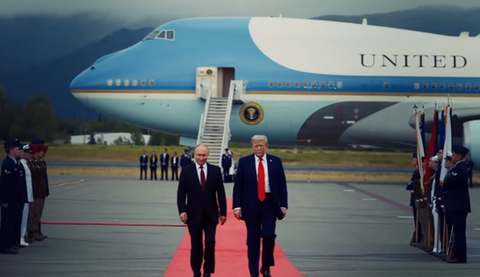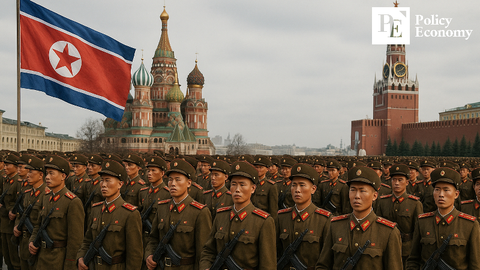U.S. and China Say 'Progress Made' in Trade Talks, Global Attention Now on the Next Phase
Input
Changed
Constructive Discussions Took Place, But Details Not Yet Disclosed Consensus on the Need for Dialogue Before It's Too Late In the End, ‘Tariffs’ Become the Next Negotiation Benchmark

The United States and China announced “substantial progress” immediately following two days of trade negotiations. Although specific details have yet to be disclosed, even the anticipation of a joint statement has drawn global market attention. The key issue going forward will be whether high tariffs are reduced, a decision that could serve as the baseline for future negotiations and a pivotal moment for global trade order.
Joint Statement Scheduled for Release on the 12th
According to Bloomberg News on the 11th (local time), U.S. Treasury Secretary Scott Bessent and USTR representative Jamison Greer met with Chinese Vice Premier He Lifeng and Li Chenggang, China’s chief trade negotiator, at Villa Saladin in Geneva, Switzerland. Bloomberg reported that the talks on this day continued for several hours, following 10 hours of negotiation the previous day.
Secretary Bessent described the discussions with China as very productive. Speaking to reporters afterward, he stated, “The two countries made substantial progress in key areas of trade,” and called it “a very positive development.” Greer added, “It’s important to understand how quickly we’ve come to agreement—perhaps a sign that the differences between us were not as vast as previously thought.” He also praised the Chinese delegation as “very strong negotiators,” noting that the meeting proceeded in a spirit of cooperation, mutual interest, and mutual respect.
Vice Premier He Lifeng echoed the sentiment, calling the talks “frank, in-depth, and constructive,” and affirmed that “significant progress” had been achieved. He said, “This meeting marks an important first step in which we reached major consensus,” and confirmed that both sides agreed to establish a trade and economic dialogue mechanism, with follow-up discussions to come soon. While differences and friction may persist between the two nations, China believes that active dialogue can bring greater certainty and stability to the global economy. A joint statement summarizing the meeting is expected to be released on the morning of the 12th.
While diplomats welcome the resumption of dialogue, most believe that concrete outcomes may not be immediately visible. The prevailing view is that major differences between the two sides and the political stakes involved make it unlikely that a comprehensive agreement was reached. In fact, just before the talks began on the 9th, White House spokesperson Karoline Leavitt reiterated President Donald Trump’s position that he would not unilaterally lower tariffs on China, emphasizing, “We need real concessions from China.”
U.S. Faces Inflation Pressure, China Faces Export Slowdown → Shared Urgency
Behind the agreement to hold talks lies a shared sense of urgency from both countries: “We must act before it’s too late.” Both the U.S. and China are under economic and political pressure and are desperate for a breakthrough. In the U.S., high tariffs on Chinese goods have driven up import prices, directly impacting low-income consumers. With President Trump pledging to stabilize prices and restore economic growth, postponing talks with China was not a viable option, experts say.
China, too, is under strain. With major export markets slowing, instability in the domestic real estate sector, and soaring youth unemployment, the prevailing view is that "reviving exports is essential for economic recovery." Despite efforts to stimulate domestic consumption, the effects have been limited. The government appears to have concluded that economic recovery is unlikely without restoring trade with the U.S. Furthermore, government subsidies for exporters have reached their limits, making full trade normalization an urgent priority.
A central issue in the talks is fentanyl. The U.S. has long accused China of supplying the raw materials used to produce fentanyl in countries like Mexico, which then flows into the U.S., urging China to take stronger action. In response, China made a notable gesture by including Wang Xiaohong, the top drug enforcement official, in the delegation — signaling willingness to address the issue.
Should the two sides reach visible agreement on fentanyl, that could pave the way for a symbolic reduction in tariffs. Currently, the U.S. imposes a combined 145% tariff on Chinese products related to fentanyl (20% fentanyl-specific tariff + 125% general reciprocal tariff), while China imposes 125% in return. A Chinese commitment to help curb fentanyl could justify a reduction of at least the 20% specific tariff. Further tariff cuts may be negotiated in conjunction with discussions on export controls and market access.

A Strategic Tug-of-War Balancing Political Timelines with Economic Interests
The international community is watching closely for tangible results. Both sides continue to emphasize “progress,” but no detailed roadmap for tariff adjustment has been revealed. Ahead of the talks, President Trump had suggested he might lower tariffs on Chinese imports by up to 80%, signaling openness to compromise, but also remarked that “a deal is not necessary right now,” employing a strategic mix of pressure and flexibility.
This reflects the deep connection between tariff policy and political calculation. Given the Trump administration’s tough stance on China, any unilateral tariff reduction risks political backlash. Hence, the talk of conditional reductions — such as “if China helps resolve the fentanyl issue” — serves as a way to frame compromises as diplomatic victories. This aligns with President Trump’s political strategy of presenting foreign policy wins as campaign achievements.
From China's perspective, tariff relief is essential to reviving exports. High tariffs have eroded price competitiveness, so lifting them could quickly boost trade volume. However, China is unlikely to accept all U.S. conditions as it did in the past. It’s expected to adopt a strategy of selective concessions that balances domestic industry protection with preserving national dignity.





















